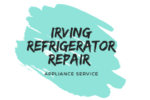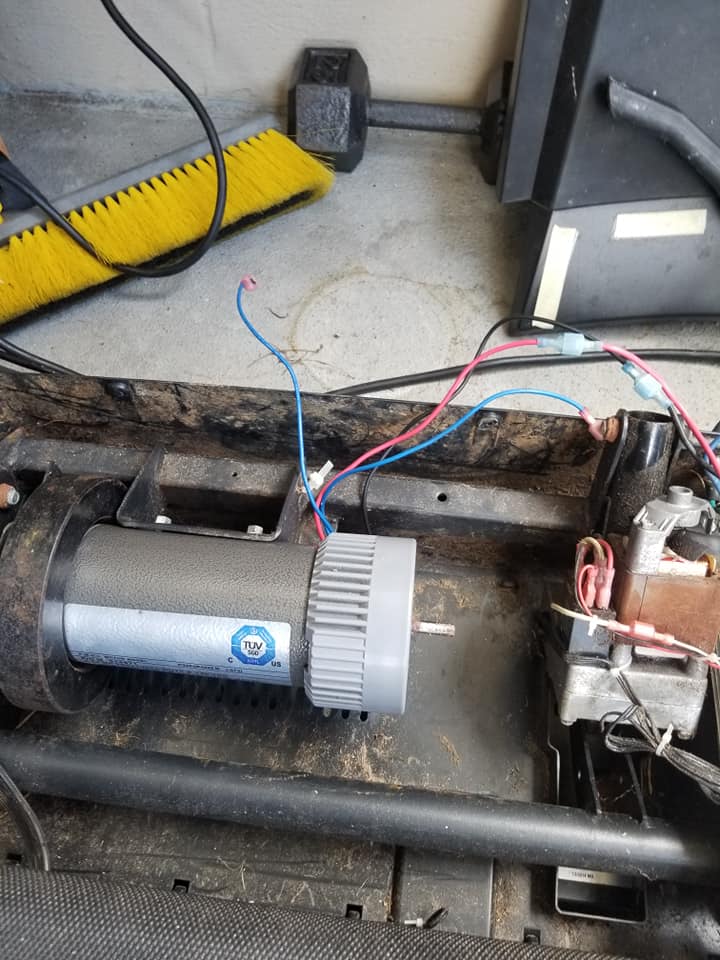Appliance repair without proper tools is painful and frustrating. Sometimes without the necessary tools, one cannot complete the job. The important point to note is that different brand requires different tools. We hold a repository of tools to solve any appliance problems. Call Irving refrigerator repair if you don’t have the required tools/parts.
This article is an excerpt from the book called “Cheap and Easy” by “Douglas Emley”
TOOLS
The tools that you may need (depending on the diagnosis) are listed below. Some are optional. The reason for the option is explained. For certain repairs, you will need a special tool. These are inexpensively available from your are listed in this book as needed.
Screwdrivers: Both flat and Phillips head; two or three sizes of each. It’s best to have at least a stubby, 4-and 6-inch sizes.
NUT DRIVERS
You will need at least ¼” and 5/16” sizes. 4- or 6-inch ones should suffice, but it’s better to have a stubby, too. A certain procedure when working on gas valves (replacing the split coil assembly) requires a 7/32” nut driver in most cases.
ELECTRICAL PLIERS or STRIPPERS and DIAGONAL CUTTING PLIERTS:
For cutting and stripping small electrical wire.
ALLIGATOR JUMPERS (sometimes called a “CHEAPTER” or “CHEATER WIRE”:)
Small gauge (14-16 gauges or so) and about 12-18 inches long, for testing electrical circuits. Available at your local electronics store. Cost: a few bucks for 4 or 5 of them.
BUTT CONNECTORS, CRIMPERS, WIRE NUTS and ELECTRICAL TAPE:
For splicing small wire.
VOM (VOLT-OHM METER) for testing electrical circuits. If you do not will suffice, as long as it has both “AC Voltage” and “Resistance” settings on the dial. It will do for our purposes.
SNAP-AROUND AMMETER:
Fordetermining if electrical components are energized. Quite useful; but a bit expensive, and there are alternate methods. If you have one, use it; otherwise, don’t bother getting one.
EXTENDABLE INSPECTION MIRROR:
For seeing difficult places beneath the dryer and behind panels.
CORDLESS POWER SCREWDRIVER OR DRILLDRIVER WITH MAGNETIC SCREWDRIVER AND NUTDRIVER TIPS:
For pulling off panels held in place by many screws. It can save you lots of time hassle.
HOW TO USE A VOM AND AMMETER
Many home handymen are very intimidated by electricity. It’s true that diagnosing and repairing electrical circuits requires a bit more care than most operations, due to the danger of getting shocked. But there is no mystery or voodoo about the things we’ll be doing. Remember the rule ; while you are working on a circuit, energize the circuit only long enough to perform whatever test you’re performing, then take the power back off it to perform the repair. You need not be concerned with any theory, like what an ohm is, or what a volt is . You will only need to be able to set the VOM onto the right scale, touch the test leads to the right place and read the meter.
In using the VOM (Volt-Ohm Meter) for our purposes, the two test leads are always plugged into the “+” and “-“ holes on the VOM.(some VOMs have more than two holes.)
TESTING VOLTAGE
Set the dial of the VOM on the lowest VAC scale(A.C. Voltage) over 120 volts. For example, if there’s a 50 setting and a 250 scale, because 250 is the lowest setting over 120 volts.
Touch the two test leads to the two metal contacts of a live power source, like a wall outlet or the terminals of the motor that you’re testing for voltage.(Do not jam the test leads into a wall outlet!). If you are getting power through the VOM, the meter will jump up and steady on a reading. You may have to convert the scale in your head. For example, if you’re using the 250 volt dial setting and the meter has a “25” scale, simply divide by 10; 120 volts would be “12: on the meter.
Continue reading about “Washer Recirculation System“.


